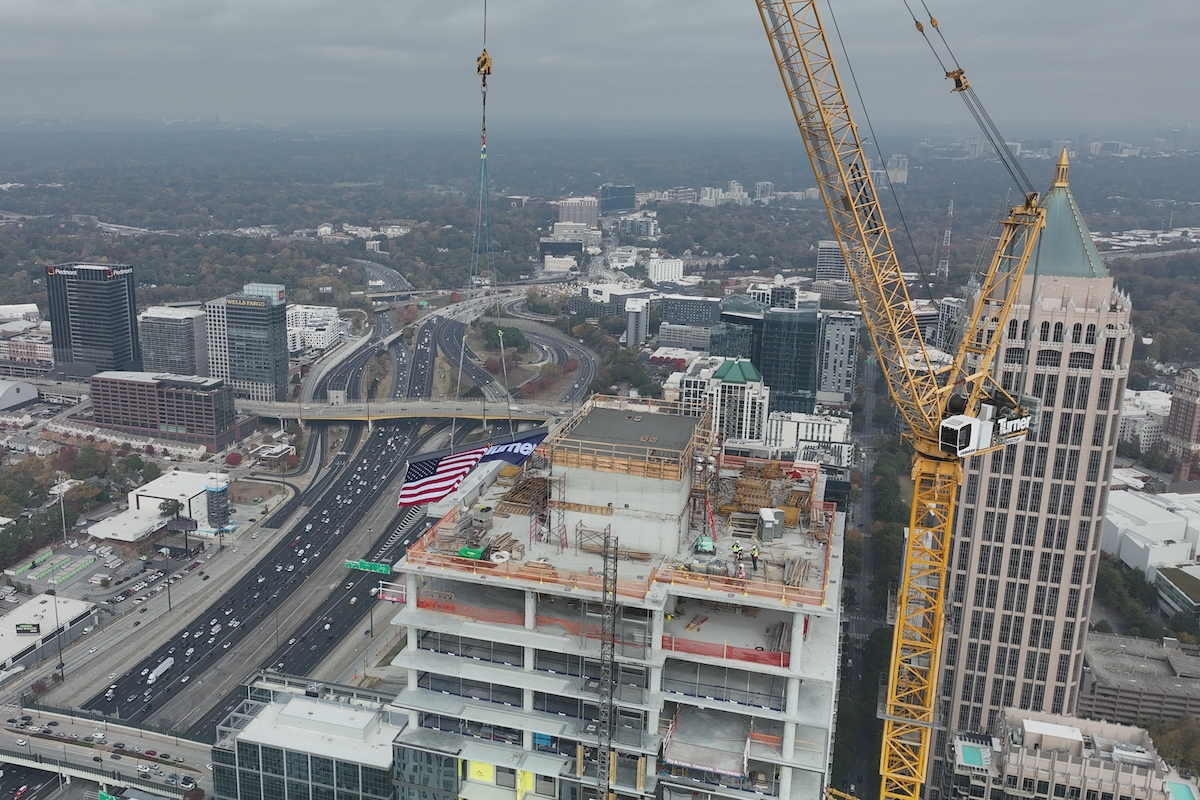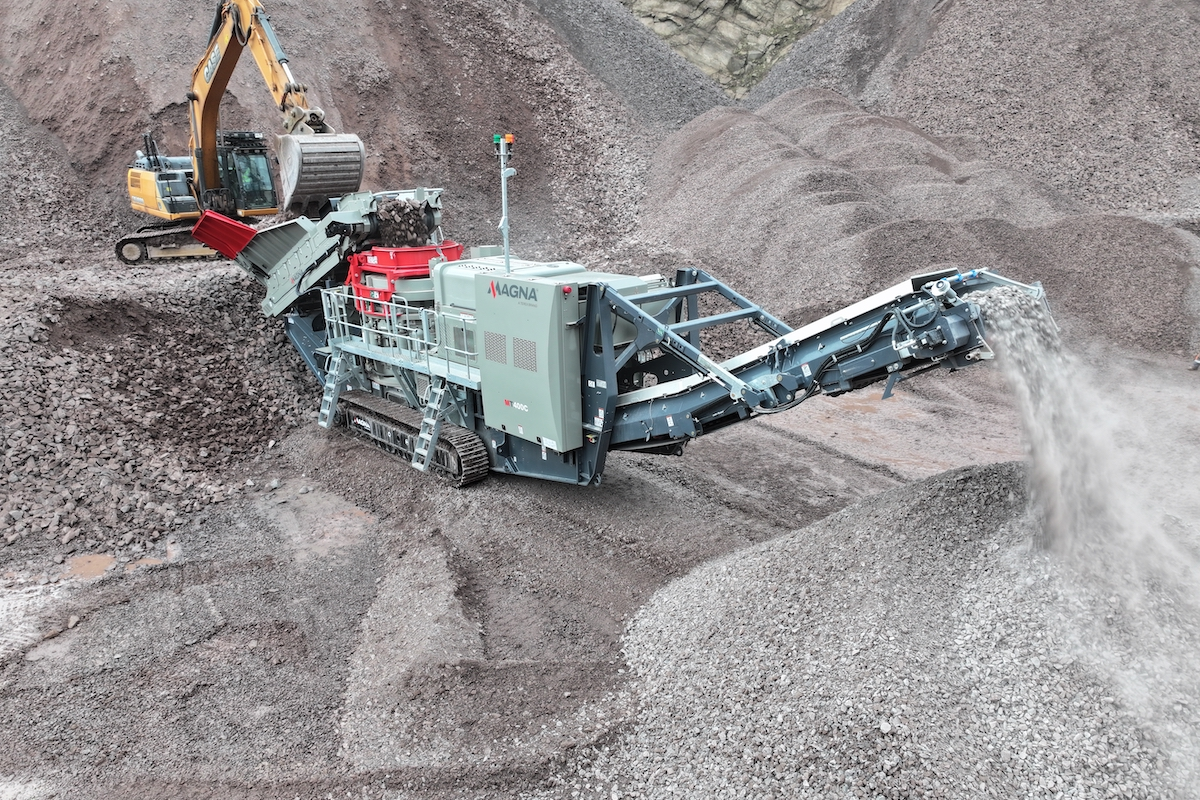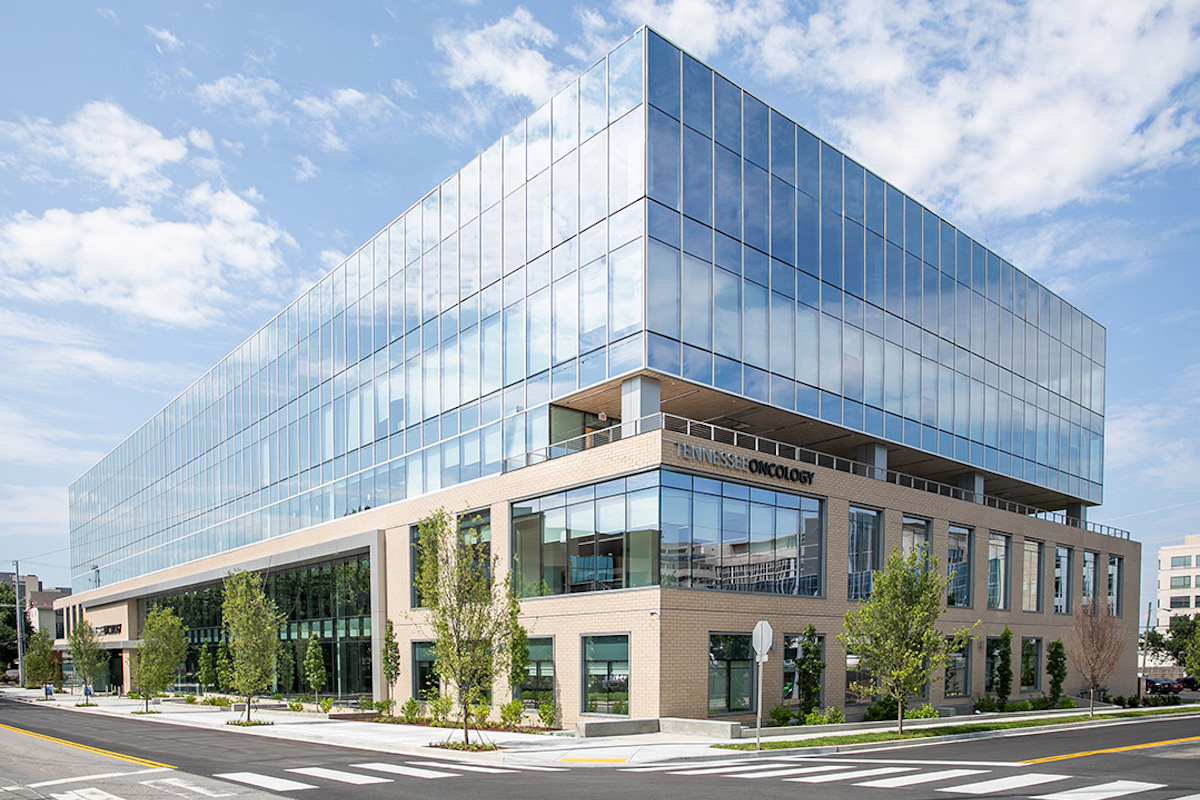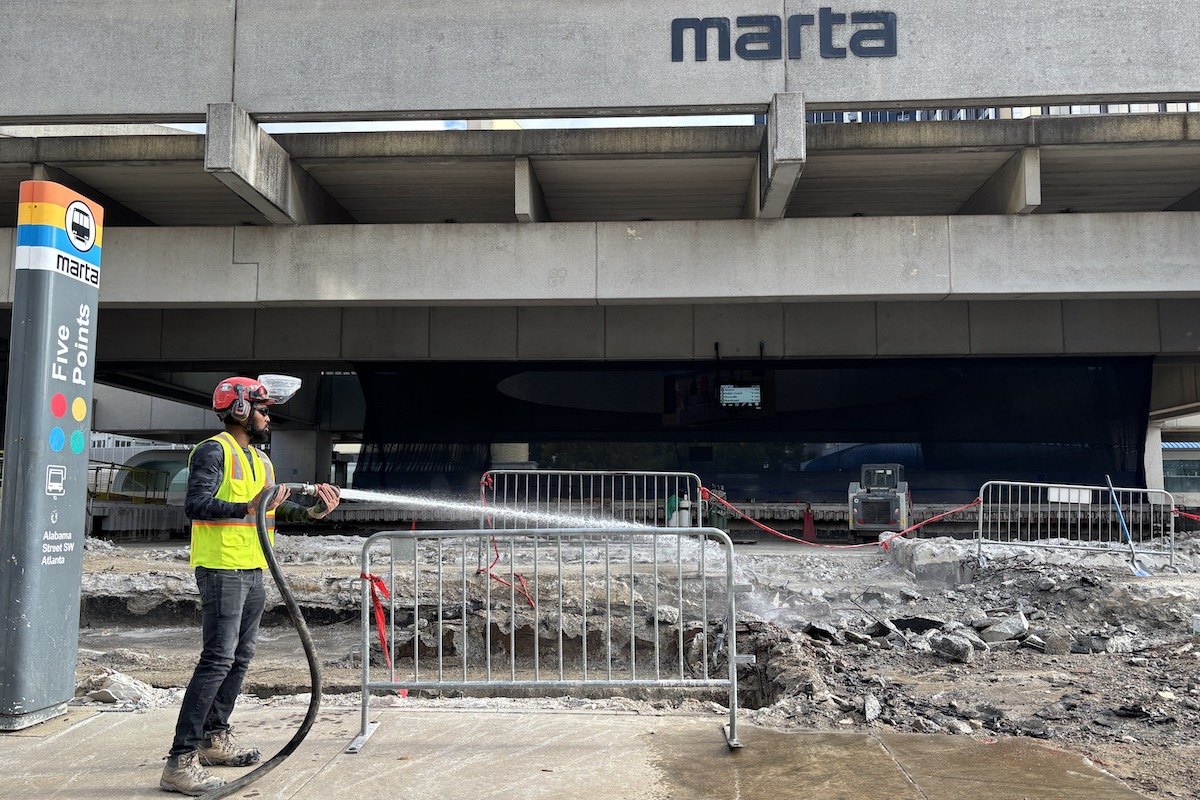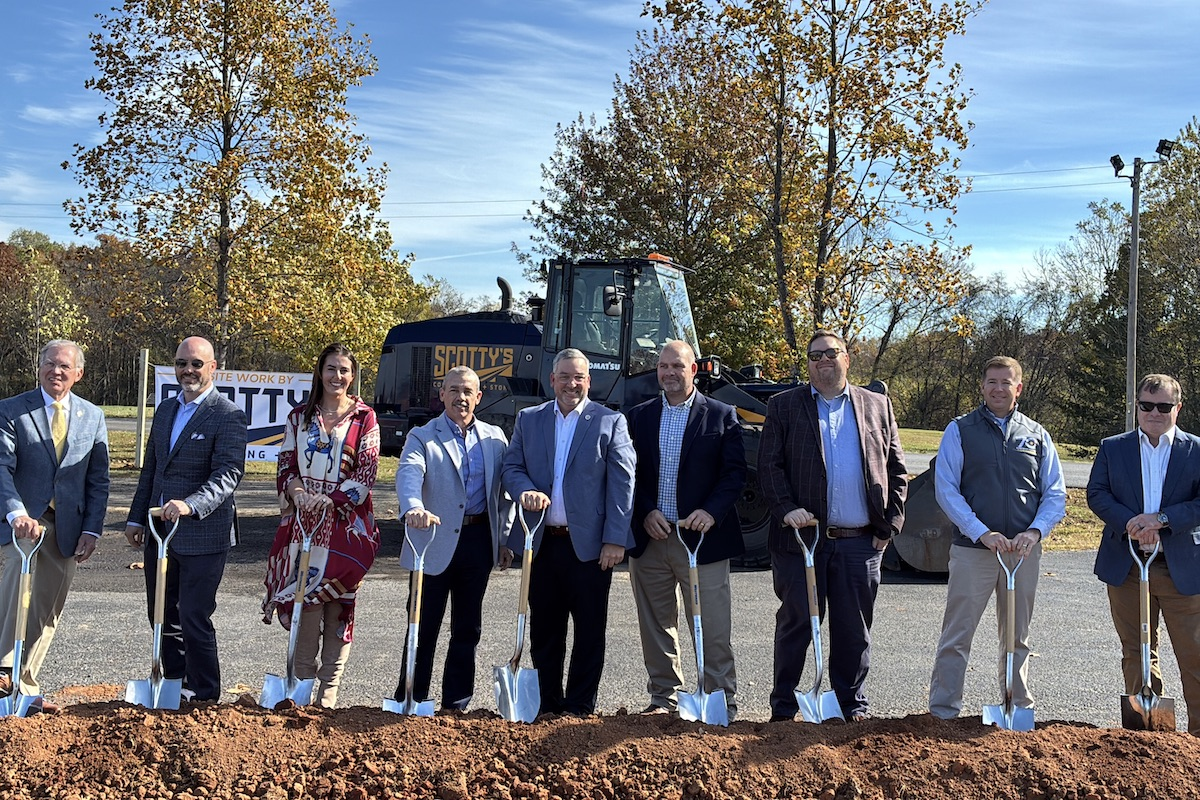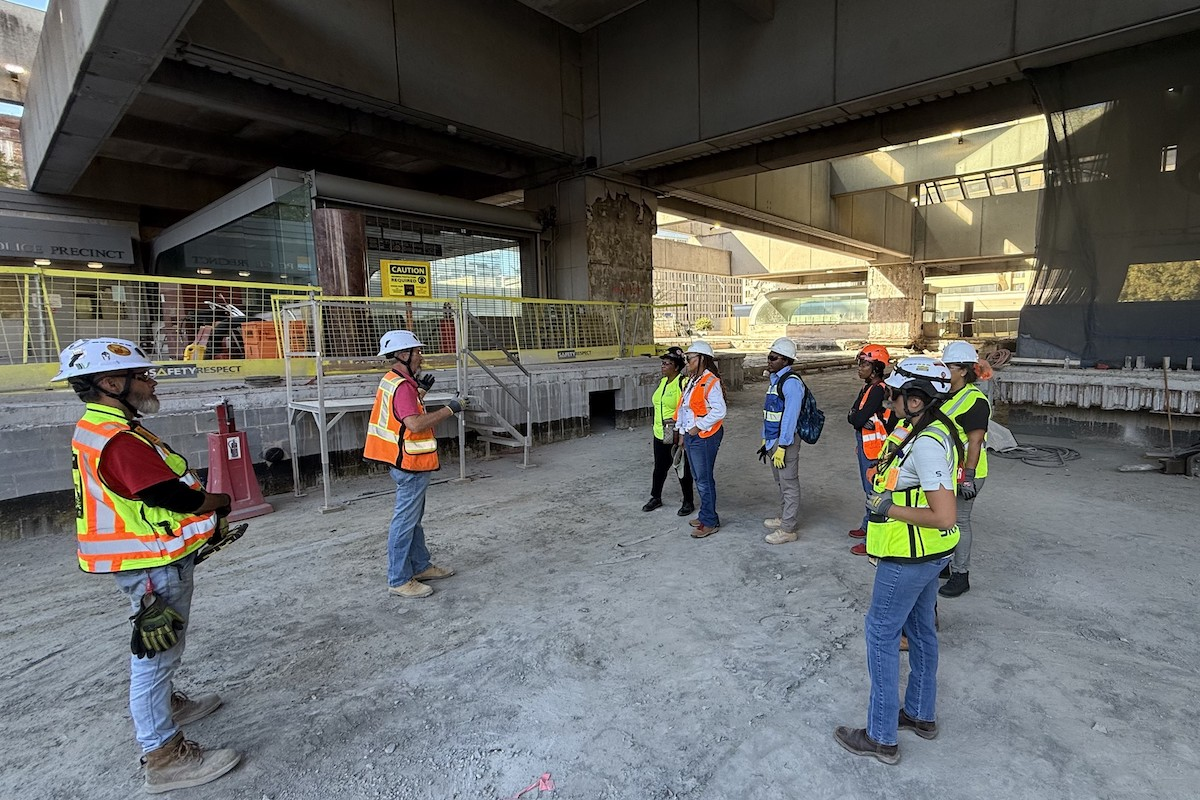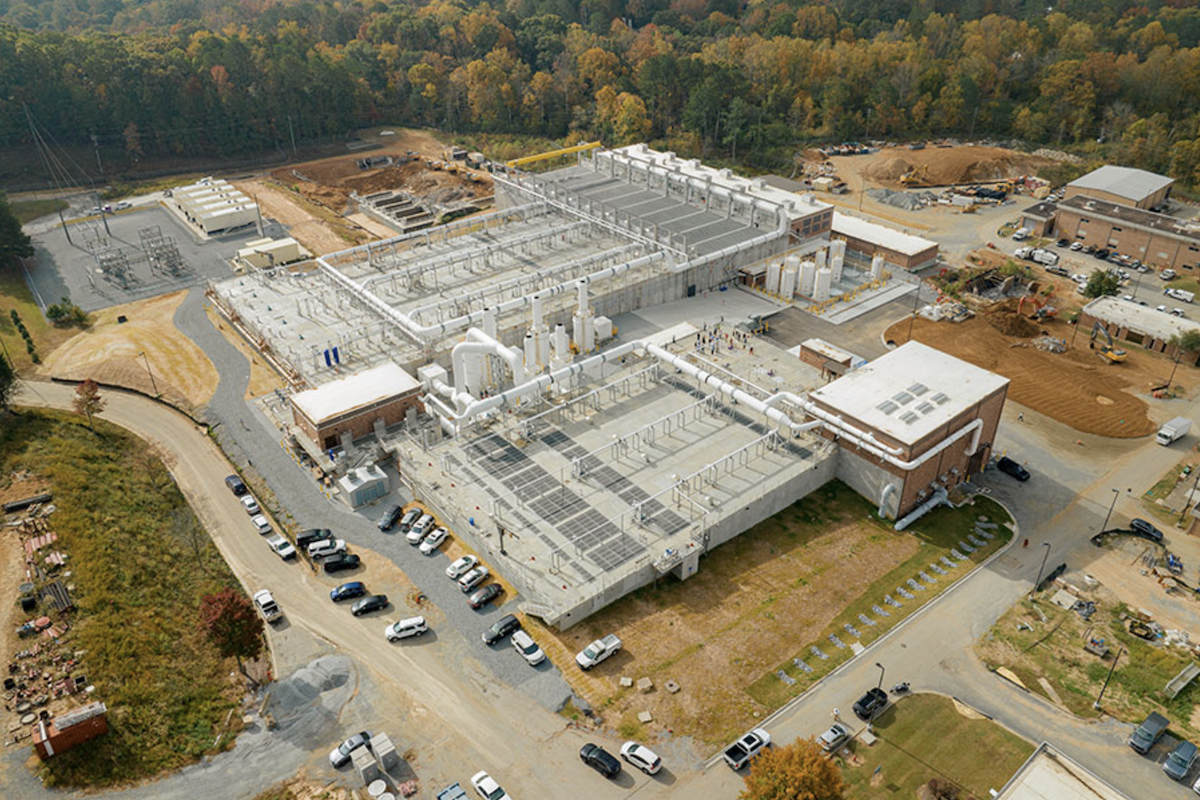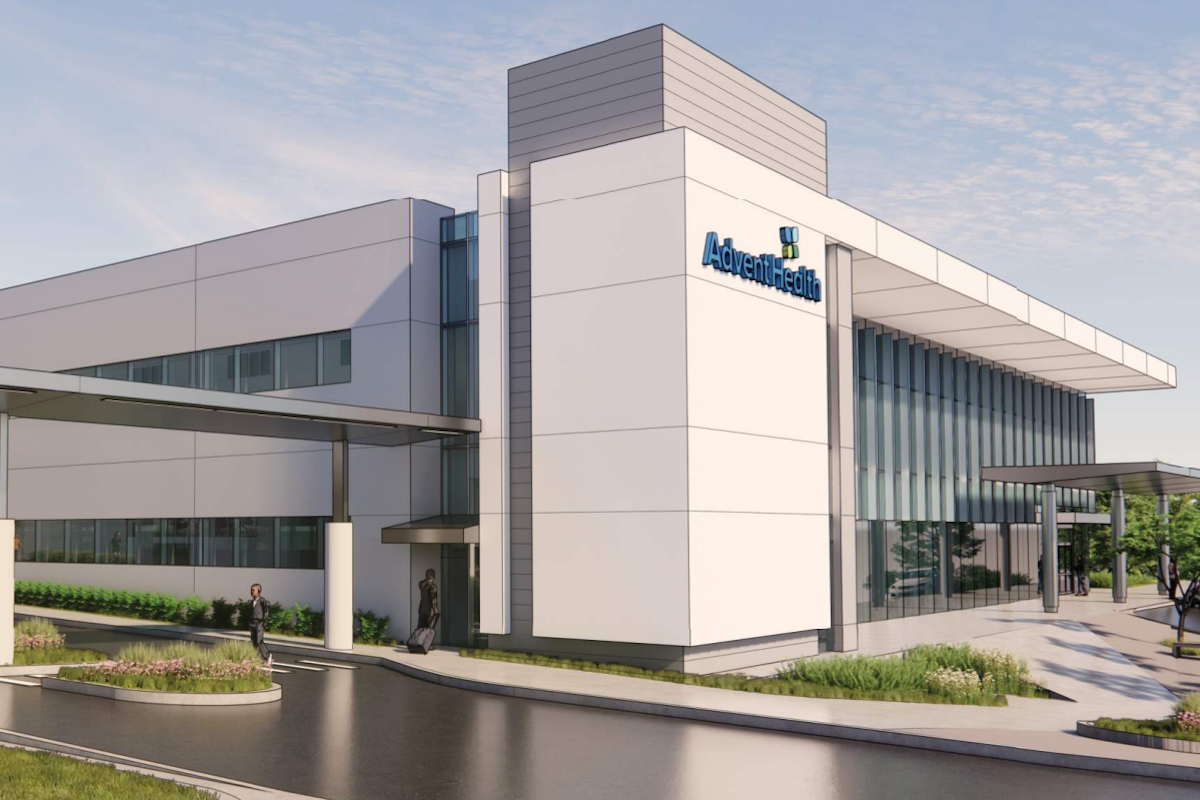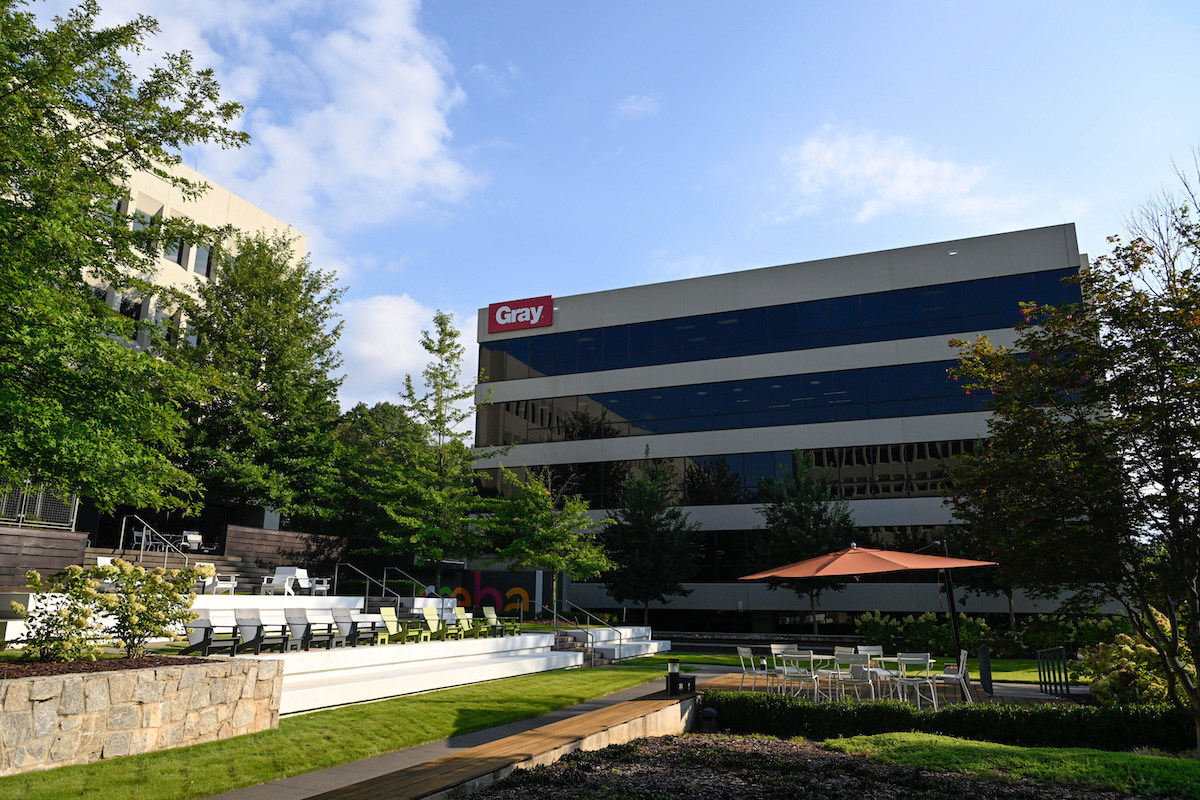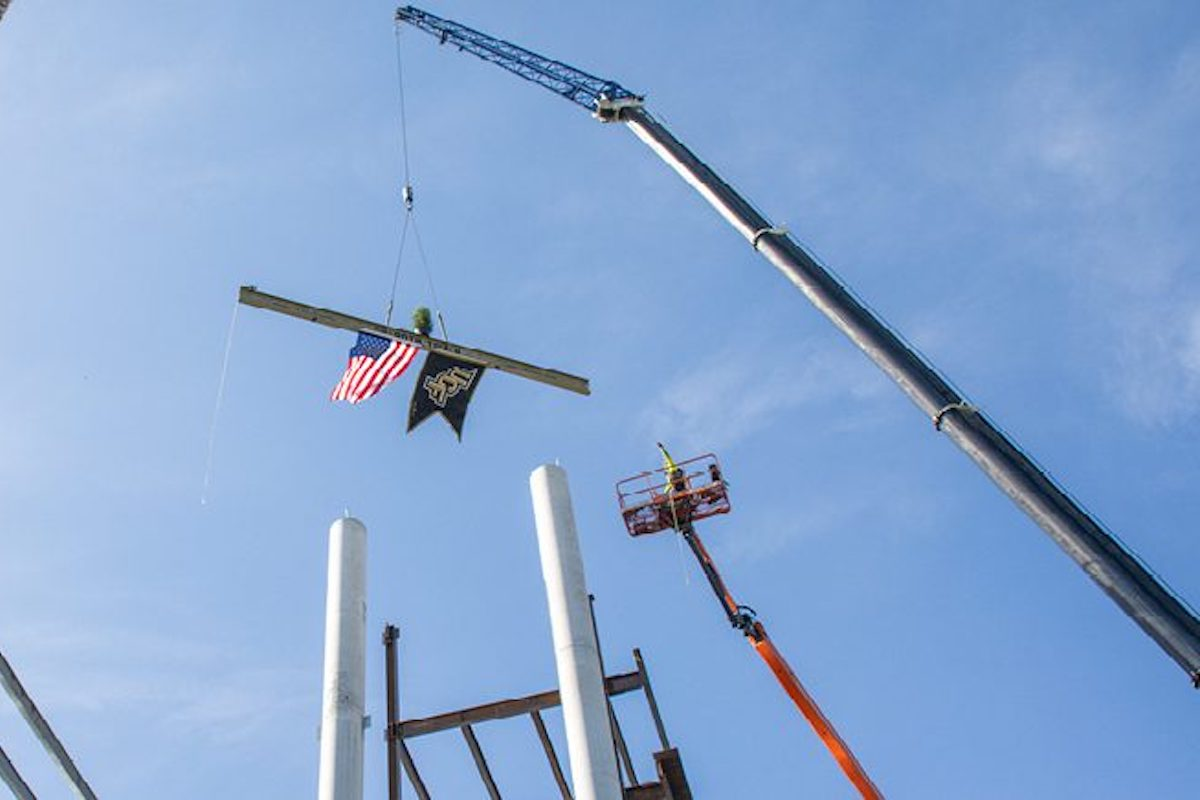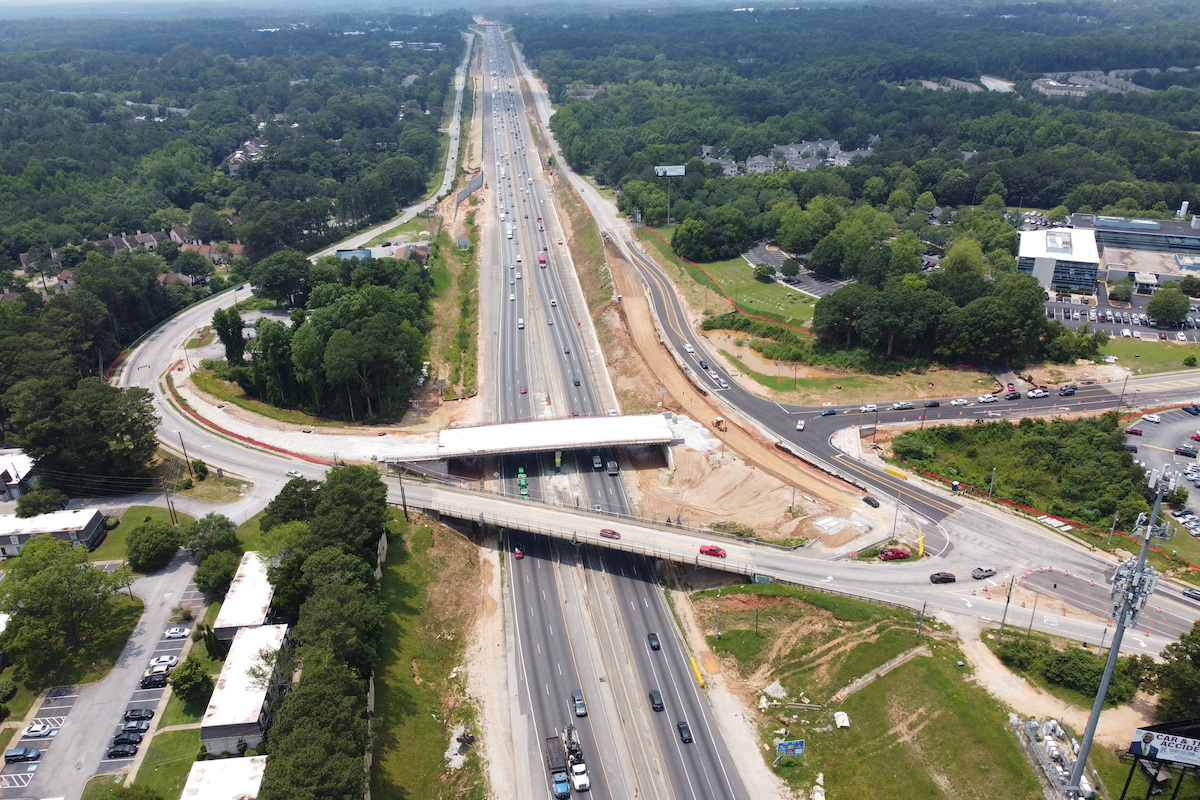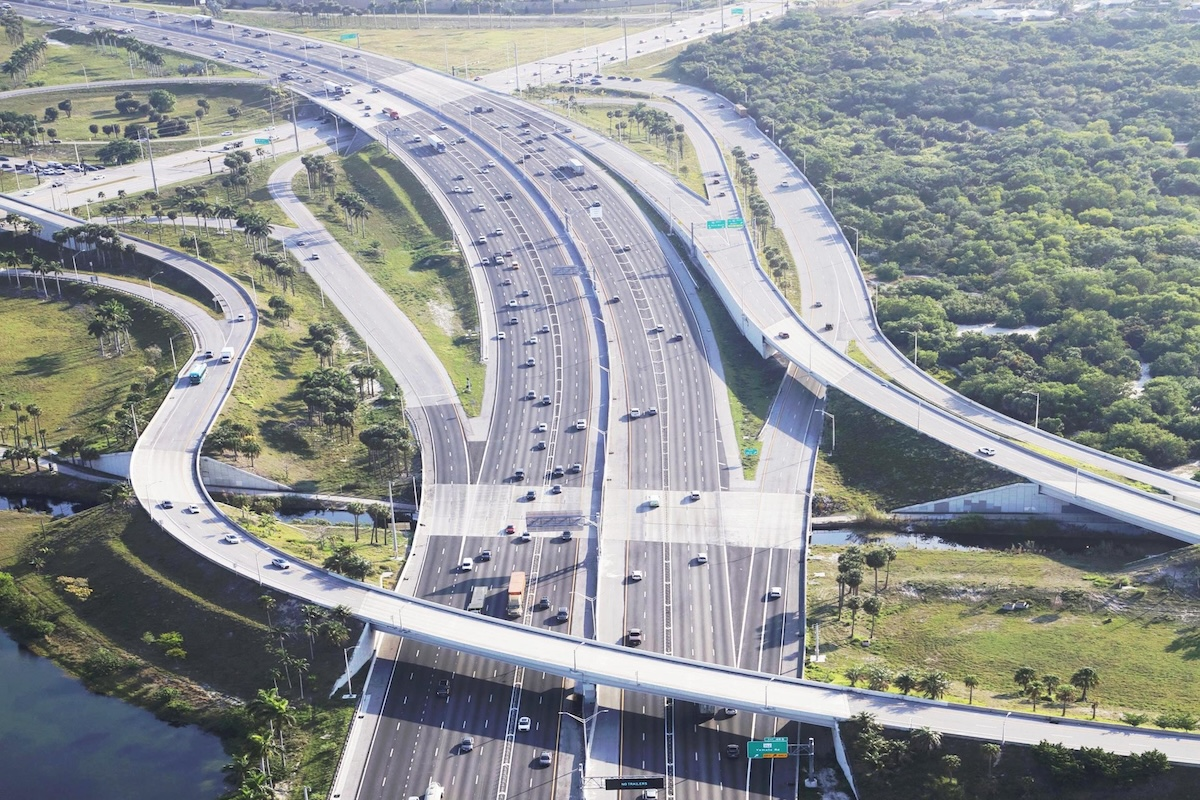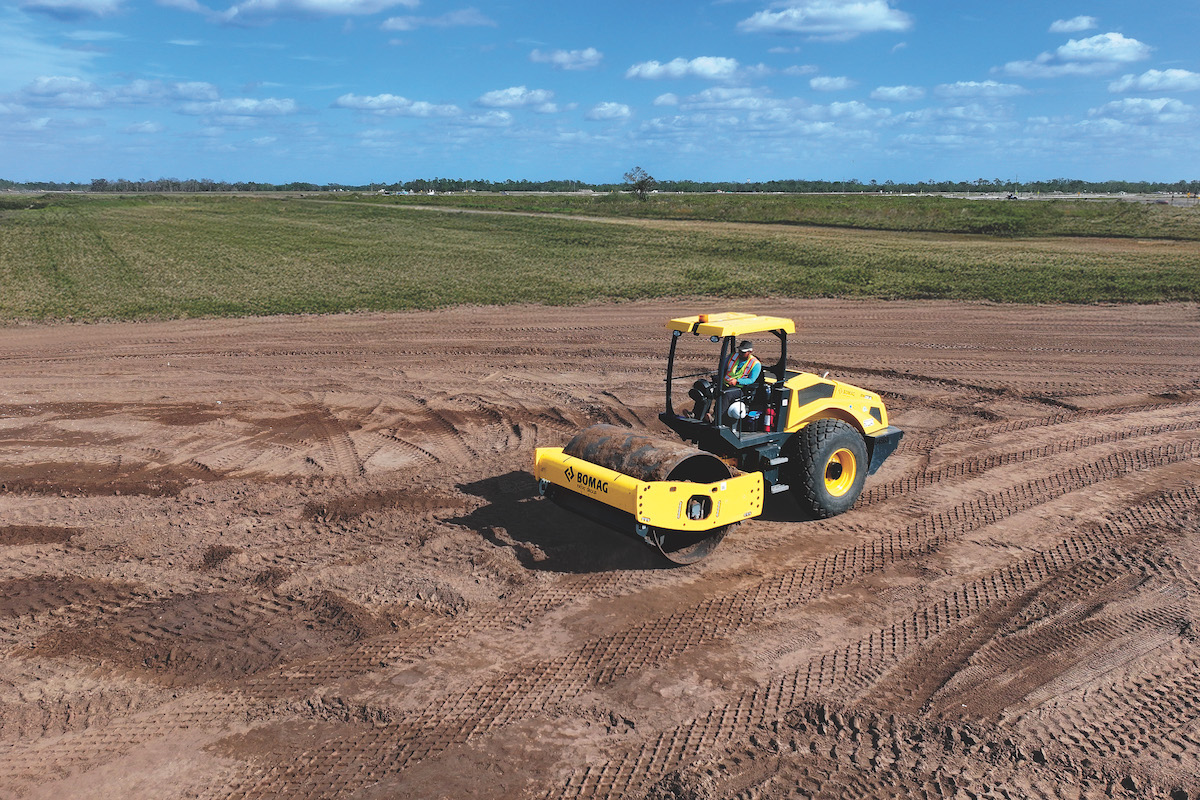Under President Biden’s Bipartisan Infrastructure Law, annual funding for the ADHS will increase 146 percent compared to Fiscal Year 2021, providing dedicated funding to the ADHS to spur economic growth in this historically isolated region. The total amount that will be available to the states in Fiscal Year 2022 is $246 million.
“From big cities to small towns, every American community deserves reliable access to our transportation system,” said U.S. Transportation Secretary Pete Buttigieg. “Thanks to President Biden’s Bipartisan Infrastructure Law, we now have historic resources to improve transportation and create jobs for people in Appalachia, and around the country.”
“Ensuring rural regions are connected to the rest of America’s cities and towns is key to our nation’s economic success,” Deputy Federal Highway Administrator Stephanie Pollack said. “That’s why releasing the dedicated funding that the Bipartisan Infrastructure Law provided for the Appalachian Development Highway System is a priority for the Biden-Harris Administration.”
The ADHS was initiated in 1965 because Appalachia was underserved by the interstate highway system, which sometimes bypassed the rural region’s rugged terrain. The system is a network of 33 distinct corridors (about 3,000 miles) linking the region to interstates and providing access to regional and national markets. It includes 13 states connecting New York to northern Mississippi.

| Your local Komatsu America Corp dealer |
|---|
| Linder Industrial Machinery |
Today, more than 85 percent of the ADHS is completed. By 2040, 100 percent of the network is expected to be complete and open to traffic. The funding recently announced — over $1.2 billion throughout the five years of the Bipartisan Infrastructure Law — will help finalize the network.
In implementing the ADHS program, the department’s Federal Highway Administration works closely with the Appalachian Regional Commission (ARC) — an economic development agency of the federal government that partners with state governments and counties in the region. The ARC’s mission is to promote innovation, partnership, and investment to build communities, strengthen the economy, and improve socioeconomic conditions in Appalachia.
“Since ARC’s founding in 1965, one of its first priorities was to coordinate construction of a highway system that would provide improved access to all that the region has to offer,” said ARC Federal Co-Chair Gayle Manchin. “Thanks to funding from the Bipartisan Infrastructure Law, we’re moving closer to completing the Appalachian Development Highway System to better connect businesses within the region to domestic and international markets. In addition, it is providing residents with safe and reliable access to jobs, education, health care, social services, and recreation.”
The construction of the ADHS has increased economic activity across the region — including job creation and business expansion. According to a 2017 analysis, more than 168,000 jobs were created or maintained due to increased economic activity associated with the ADHS while $9 billion was added to the gross regional product. The ADHS also saves 231 million hours of travel time annually.
Completion of the ADHS is estimated to create 47,000 more jobs and add $8.7 billion in goods and services annually across the Appalachian states. The ADHS also has improved travel time for commuters and truckers. Much of the freight transported through the region travels long distance to destinations outside of Appalachia. The region’s corridors serve as important national transportation links.

| Your local Bobcat dealer |
|---|
| Pinnacle Central Co Inc |














